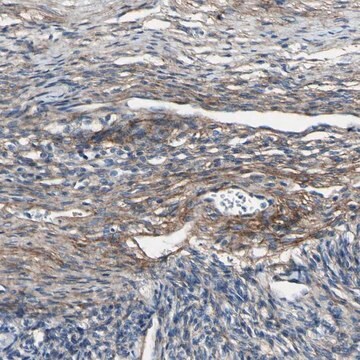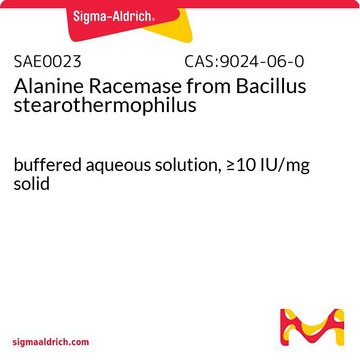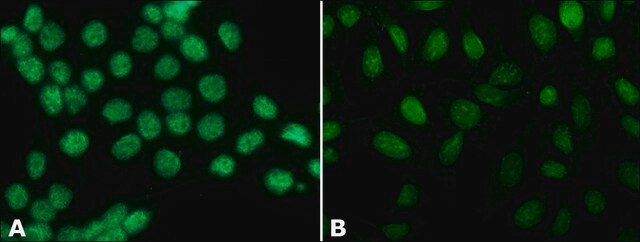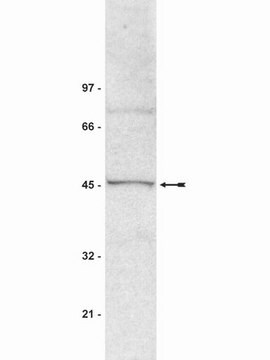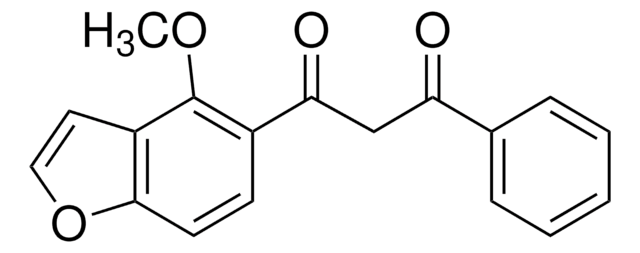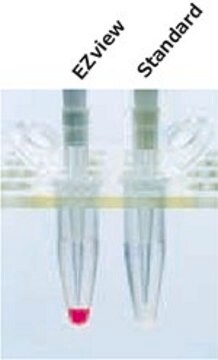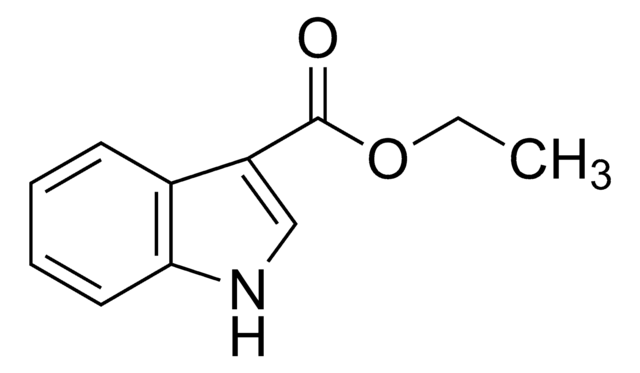Kluczowe dokumenty
S8316
Monoclonal Anti-SUV39H1 Histone Methyltransferase antibody produced in mouse
~2 mg/mL, clone 44.1, purified immunoglobulin, buffered aqueous solution
About This Item
ELISA (i)
ICC
IP
WB
immunoprecipitation (IP): suitable
indirect ELISA: suitable
microarray: suitable
western blot: 2-4 μg/mL using extract of HeLa nuclear cells
Polecane produkty
pochodzenie biologiczne
mouse
Poziom jakości
białko sprzężone
unconjugated
forma przeciwciała
purified immunoglobulin
rodzaj przeciwciała
primary antibodies
klon
44.1, monoclonal
Formularz
buffered aqueous solution
reaktywność gatunkowa
mouse, human
stężenie
~2 mg/mL
metody
immunocytochemistry: suitable
immunoprecipitation (IP): suitable
indirect ELISA: suitable
microarray: suitable
western blot: 2-4 μg/mL using extract of HeLa nuclear cells
izotyp
IgG1
numer dostępu UniProt
Warunki transportu
dry ice
temp. przechowywania
−20°C
docelowa modyfikacja potranslacyjna
unmodified
informacje o genach
human ... SUV39H1(6839)
mouse ... Suv39h1(20937)
Opis ogólny
Specyficzność
Immunogen
Zastosowanie
Western Blotting (1 paper)
For immunoblotting, a working concentration of 2-4 mg/mL is recommended using an extract of HeLa nuclear cells.
Działania biochem./fizjol.
The overall identity between the human and mouse SUV39H1 amino acid sequences is 95%, both lacking an N-terminal 155 amino acid stretch from Drosophila Su(var)3-9. As a consequence, cross-species amino acid identity reaches 42% between the fly and the two mammalian proteins. The SUV39H1 protein consists of three regions: a SET domain, a 110 amino acid domain containing several cysteine conserved residues, and a chromo domain.
Postać fizyczna
Oświadczenie o zrzeczeniu się odpowiedzialności
Nie możesz znaleźć właściwego produktu?
Wypróbuj nasz Narzędzie selektora produktów.
Kod klasy składowania
10 - Combustible liquids
Klasa zagrożenia wodnego (WGK)
WGK 3
Temperatura zapłonu (°F)
Not applicable
Temperatura zapłonu (°C)
Not applicable
Wybierz jedną z najnowszych wersji:
Certyfikaty analizy (CoA)
Nie widzisz odpowiedniej wersji?
Jeśli potrzebujesz konkretnej wersji, możesz wyszukać konkretny certyfikat według numeru partii lub serii.
Masz już ten produkt?
Dokumenty związane z niedawno zakupionymi produktami zostały zamieszczone w Bibliotece dokumentów.
Nasz zespół naukowców ma doświadczenie we wszystkich obszarach badań, w tym w naukach przyrodniczych, materiałoznawstwie, syntezie chemicznej, chromatografii, analityce i wielu innych dziedzinach.
Skontaktuj się z zespołem ds. pomocy technicznej